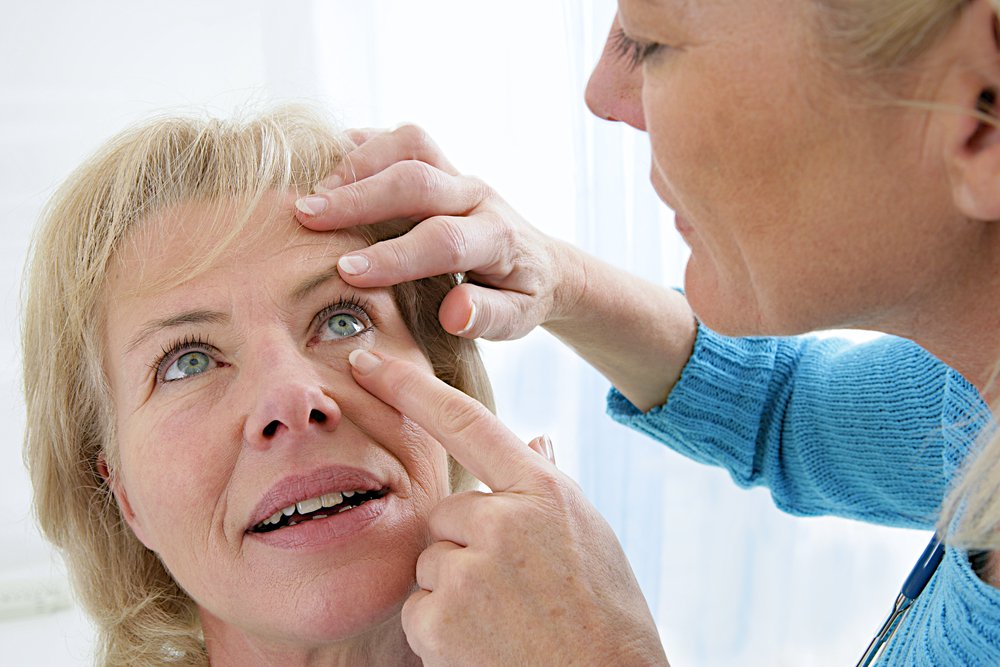
Diabetic retinopathy is an eye condition that occurs when high blood sugar affects blood vessels in the retina, causing them to leak and distort vision. This can lead to vision loss and blindness in diabetics. Diabetic retinopathy can also lead to other serious eye conditions, including diabetic macular edema (DME), neovascular glaucoma, and retinal detachment.
There are a number of symptoms of diabetic retinopathy that indicate the disease has advanced to a more severe stage. These include:
- Blurry vision
- An increasing number of “floaters”
- Dark or empty areas of your vision
- Colors appear faded or washed out
- Halos around lights
- Poor night vision
- Loss of central vision
1. Early Detection Dramatically Lowers Blindness Risk
Early diagnosis and treatment of diabetic retinopathy can lower the risk of blindness from the disease by as much as 95 percent. The American Academy of Ophthalmology recommends that everyone living with diabetes get eye exams at least once a year, although some people may need a comprehensive dilated eye exam every 2 to 4 months.
More specifically, Type 1 diabetics should receive an exam within five years of their diagnosis, Type 2 diabetics should receive an exam as soon as they get a diagnosis, and pregnant women with diabetes should receive an eye exam within their first trimester.
2. Know The Risk Factors
You may be at an increased risk of contracting diabetic retinopathy if one or more of the following apply to you:
- Duration of diabetes (the longer you have diabetes, the greater the risk of developing diabetic retinopathy)
- Poor blood sugar control
- High blood pressure
- High cholesterol
- Pregnancy
- Tobacco use
- Being African-American, Hispanic or Native American
3. Tips For Prevention
The first step you should take to minimize your risk of diabetic retinopathy is to minimize your risk for developing diabetes. How? Exercise regularly and eat a balanced diet to keep your blood sugar levels as close to normal as possible.
If you already have diabetes, tell your eye doctor right away to determine how often you will need a comprehensive eye exam. This is the only way that your doctor can diagnose diabetic eye disease, and treat it before irreversible damage sets in. You must also work with your primary care physician (PCP) to manage your glucose levels through a test called the A1C. Having high blood pressure or high cholesterol in conjunction with diabetes also increases your risk for diabetic retinopathy, so be sure to keep those under control as well.
Visit Everett & Hurite for Expert Diabetic Retinopathy Care Today!
Diabetic retinopathy is a serious eye condition that can lead to vision loss and blindness in diabetics. However, there are steps you can take to prevent and detect it early on, such as regular eye exams and managing your blood sugar levels. By following these tips and working with your healthcare team, you can greatly reduce your risk of developing this sight-threatening disease.
The expert ophthalmologists at Everett & Hurite are committed to providing high quality eye care to patients of all ages. Our eye specialists are equipped with the latest technology to accurately diagnose diabetic retinopathy, and can develop a customized treatment plan based on your individual needs. We have10 offices conveniently located in Western Pennsylvania.Request an appointment with one of the physicians or call 412-288-0858.
Frequently Asked Questions
What are the treatment options for diabetic retinopathy?
Diabetic retinopathy treatment may include laser treatment, injections of medication into the eye, or vitrectomy (removal of vitreous gel and blood from the eye). The specific treatment will depend on the stage and severity of the disease. Early stages of diabetic retinopathy may only require careful monitoring, while more advanced stages may require more invasive treatment options.
What is proliferative diabetic retinopathy?
Proliferative diabetic retinopathy is the most advanced stage of diabetic retinopathy, where abnormal blood vessels begin to grow on the surface of the retina. These new blood vessels are fragile and can leak, causing vision loss. It is important to catch this stage early on through regular eye exams, as it can lead to serious complications such as retinal detachment and glaucoma.
I have high blood pressure and cholesterol, am I at risk for diabetic retinopathy?
Yes, having high blood pressure and cholesterol in conjunction with diabetes increases your risk of developing diabetic retinopathy. It is important to manage all of these conditions properly to lower your risk. If you have blurred vision or other symptoms, be sure to talk to your doctor and schedule a comprehensive eye exam.
What can I do to prevent diabetic retinopathy?
The best way to prevent diabetic retinopathy is to manage your diabetes and other risk factors. This includes regular exercise, a balanced diet, managing blood sugar levels, and controlling high blood pressure and cholesterol. It is also crucial to have regular eye exams, as early detection and treatment can significantly lower the risk of vision loss.
